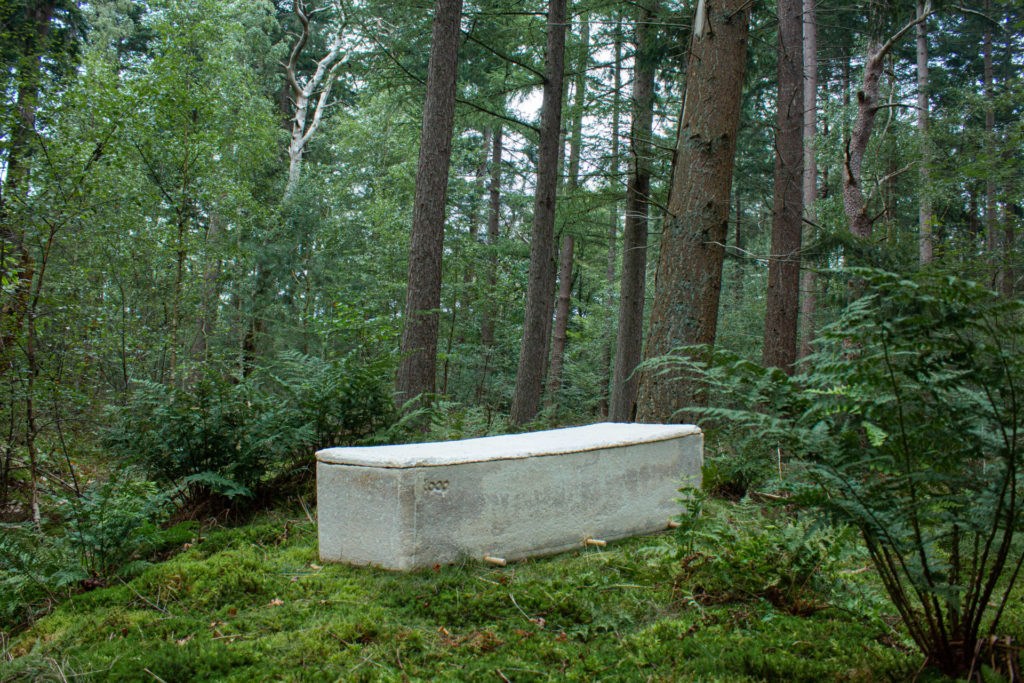Earlier this month saw the first funeral in the Netherlands in which the deceased was buried in a new sort of coffin constructed of mycelium, the fibres that make up the root network of fungi like mushrooms.
“Mycelium is nature's largest recycler,” inventor and industrial designer Bob Hendrickx said.
“It is a living organism that is constantly looking for waste products, such as dead leaves, to convert them into useful nutrients for the environment. It does the same with toxic substances, including oil, plastic and metal. For example, mycelium was used in Chernobyl, is still utilised in Rotterdam to clean up soil, and some farmers also apply it to make the land healthy again.
“The same thing happens with a dead body,” he said. “This ‘Living Cocoon’ allows people to become one with nature again.”
Hendrickx developed the coffin with fellow students at the Technical University of Delft, and the group has formed a start-up called Loop, signifying the circle of life.
The coffin is living in more ways than one. The manufacture consists of taking a starter of a stemmed lacquer fungus (Ganoderma lucidum) and placing it in a mould.
From that point on, the fungus grows and forms into the shape of a coffin. While still in the mould, the mushroom is fed with hemp fibres, flour and water. Growth is complete in seven days.
“You don't have to worry about it,” Hendrickx said. “It's like baking bread. The stuff will rise by itself.”
According to the team’s research, it takes 30 to 45 days for the coffin to be taken up by the ground it is buried in, assuming conditions typical in the Netherlands. That compares with more than a decade for parts of a standard coffin that are varnished, or the metal parts attached.
A human body takes up to ten years to decompose, a period the makers of the Living Cocoon expect to come down to two or three years. The best way to ensure a full and rapid decomposition is to be buried naked, the makers advise, and lying inside the coffin on a bed of moss.
Research is currently under way into the effects on the environment.
“We want to know exactly what the contribution is to the soil, so that in the future we can convince municipalities to convert polluted areas into healthy forests, with our bodies as a nutrient,” Hendrickx said.
Earlier this month, the first burial took place using a Living Cocoon coffin, of an elderly woman whose son had selected the coffin.
Whether the new coffin could be used in Belgium remains to be seen.
Of the three regions, only Flanders makes the rules on burial specific as to the materials that may be used, and then only to insist that “coffins must be made of a natural material” which is not impregnated or contain wood protective materials or “organic halogen compounds”.
The other two regions send the issue back to the communes to decide.
Alan Hope
The Brussels Times

